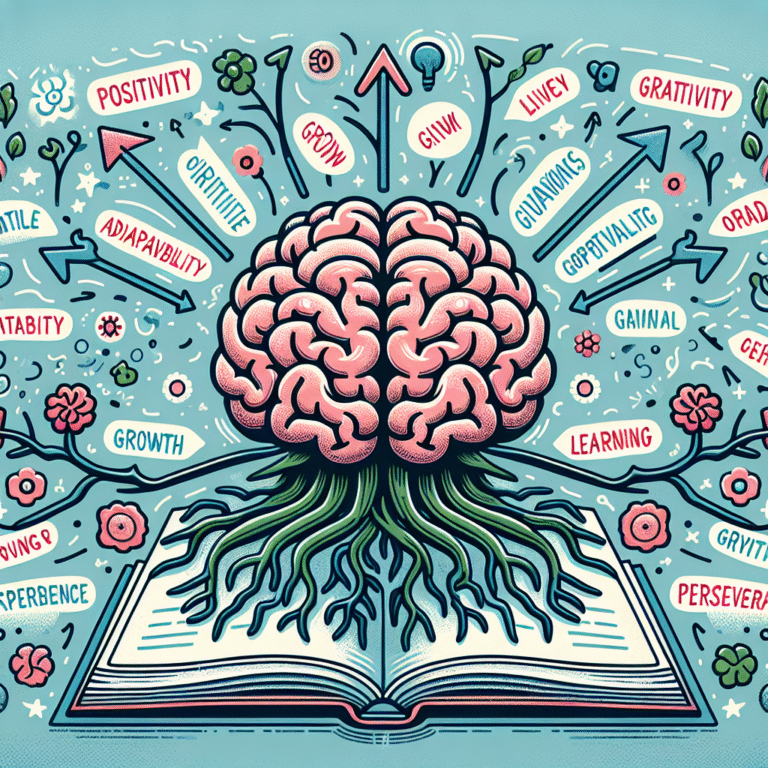
Introduction
In today’s diverse classroom environments, one size does not fit all. As the educational landscape continues to evolve, teachers face the increasing challenge of addressing varied learning styles, paces, and backgrounds among their students. Enter differentiated instruction—a teaching approach that tailors lessons to meet the unique needs of each student. This article, Differentiated Instruction in Action: Proven Success Stories from the Classroom, dives into inspiring case studies that showcase how differentiated instruction can be effectively implemented and the transformative impact it has on student achievement.
Understanding Differentiated Instruction
What is Differentiated Instruction?
Differentiated instruction is fundamentally about recognizing that students learn differently. Some may grasp concepts quickly and need challenges, while others may require more time or alternative methods to understand the same content. Teachers use various strategies—such as altering content, process, and products—to engage students on multiple levels.
The Importance of Differentiated Instruction
Implementing differentiated instruction helps support academic achievement and fosters a more inclusive classroom environment. Students feel valued and understood, leading to increased motivation and participation. Furthermore, differentiated instruction promotes critical thinking and collaboration amongst students, creating a rich learning atmosphere.
Case Studies of Differentiated Instruction in Action
Case Study 1: The Multi-Modal Math Class
Background
In a suburban middle school, one math teacher, Ms. Thompson, found her classroom filled with students who had vastly different levels of mathematical understanding. To address this disparity, she implemented differentiated instruction through a multi-modal approach.
Implementation
- Content Modification: Ms. Thompson provided varied math problems based on student skill levels.
- Process Adaptation: Some students worked independently while others engaged in group projects that required collaboration and diverse problem-solving techniques.
- Product Variability: Students were allowed to demonstrate their understanding through different formats—traditional tests, presentations, or creative projects.
Results
Ms. Thompson’s students demonstrated a remarkable improvement in test scores, with 90% expressing greater confidence in their mathematical abilities. The classroom became a buzz of collaboration and enthusiasm, highlighting the effectiveness of differentiated instruction in action.
Analysis
This case study illustrates how differentiated instruction can sustain engagement and adapt to varying student needs, leading to enhanced academic outcomes and fostering a sense of community.
Case Study 2: Reading Readiness in Elementary
Background
At Riverwood Elementary, a cohort of first graders exhibited a wide range of reading skills. Mrs. Delgado, the teacher, recognized the need for a tailored approach to address the diverse reading levels in her class.
Implementation
- Guided Reading Groups: Students were grouped based on their reading ability, allowing Mrs. Delgado to provide targeted instruction.
- Choice Boards: She created choice boards that offered students a range of reading response activities suited to their interest and skill level.
- Peer Tutoring: More advanced readers were paired with struggling peers, which promoted partnership learning.
Results
By the end of the school year, every student had made significant progress, with over 85% reading at or above grade level. The love for reading blossomed, and parents reported students engaging in reading activities at home.
Analysis
This case illustrates how differentiated instruction cultivates a love for reading, allowing students to feel more confident and engaged while learning at their own pace.
Case Study 3: Diverse Learning in Science
Background
At Lincoln High School, a science teacher named Mr. Patel faced a mixed-ability group in his biology class. Students represented a variety of learning styles and backgrounds, necessitating a comprehensive approach to instruction.
Implementation
- Varied Assessments: Mr. Patel allowed students to select from various assessment forms, such as essays, experiments, or visual presentations.
- Individual Learning Plans: Each student crafted an individual learning plan aligning their interests and academic goals with the curriculum.
- Active Learning Stations: He set up stations around the classroom, allowing students to engage with materials at their own pace.
Results
Mr. Patel reported that student engagement increased by 70%, with students taking more ownership of their learning. The class average on assessments rose by 15%, showcasing the benefits of diversified teaching methods.
Analysis
This example emphasizes how differentiated instruction not only addresses individual needs but also significantly boosts student engagement and ownership of the learning process.
The Benefits of Differentiated Instruction
Enhances Student Engagement
When students feel that their unique learning needs are respected, they are much more likely to engage actively in the learning process. Differentiated instruction fosters an environment where students take ownership of their education.
Builds Academic Confidence
As students experience success through tailored instruction, their confidence flourishes. By seeing tangible progress, they feel empowered to tackle more challenging concepts.
Supports Diverse Learner Needs
Educators can address the varying requirements of all students, including those with special needs, English language learners, and gifted students. This inclusivity creates an environment in which all students can thrive.
Promotes Collaborative Learning
Differentiated instruction encourages students to work together, creating opportunities for collaboration and peer support. This not only boosts social skills but also enhances learning outcomes.
Implementing Differentiated Instruction in Your Classroom
Start Small
It’s essential for educators to begin with small steps. Implement one or two differentiated strategies in a lesson, then gradually evolve your approach based on what works best for your students.
Know Your Students
Take the time to understand your students’ interests, strengths, and weaknesses. This knowledge allows you to tailor your instruction effectively.
Use Data to Inform Decisions
Using assessment data can reveal student progress and areas needing attention. Regular assessments allow you to adapt your strategies as necessary.
Collaborate with Colleagues
Working with fellow educators to share resources and strategies can provide new insights and increase the overall quality of instruction across the school.
Be Flexible
Understand that differentiation is not a one-size-fits-all approach. Be willing to adapt your methods based on the dynamic needs of your students.
Conclusion
Differentiated Instruction in Action: Proven Success Stories from the Classroom highlights that tailored instruction not only meets diverse learning needs but also boosts engagement and academic success. These inspiring case studies demonstrate that when teachers embrace differentiated strategies, they cultivate thriving classroom environments.
As you embark on your journey of implementing differentiated instruction, remember that small changes can lead to significant victories in your classroom. Your ability to recognize and adapt to the needs of your students can transform learning experiences and set your students on a path toward lifelong learning.
FAQs
1. What is the main goal of differentiated instruction?
The primary goal of differentiated instruction is to tailor teaching methods and resources to meet the diverse needs of all students, ensuring that each learner has the opportunity for success.
2. Can differentiated instruction be implemented in all subjects?
Yes! Differentiated instruction is applicable across all subjects. Teachers can modify content, processes, and products to create inclusive learning environments regardless of the subject matter.
3. How can I assess the effectiveness of differentiated instruction in my classroom?
You can assess the effectiveness by tracking student progress through various assessments, observing engagement levels, and seeking student feedback about their learning experiences.
4. What are some common challenges of implementing differentiated instruction?
Common challenges include time management, resource availability, and the difficulty of addressing varied student needs within a limited timeframe. It is crucial to remain flexible and persistent in finding workable solutions.
5. How can technology assist in differentiated instruction?
Technology can be a powerful tool for differentiated instruction by providing customizable learning experiences, interactive activities, and access to a wealth of resources to cater to diverse learning styles.
This comprehensive exploration of Differentiated Instruction in Action: Success Stories from the Classroom serves as a guide for educators eager to innovate their teaching practices and embrace the unique capabilities of all their students.
















